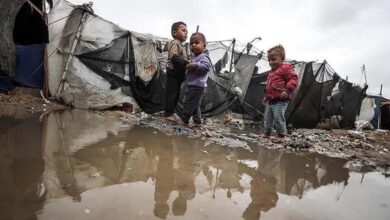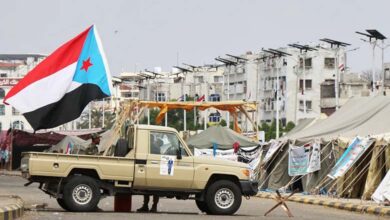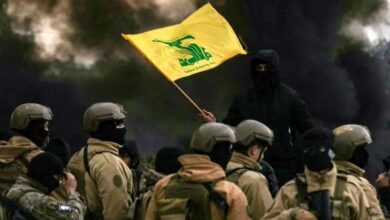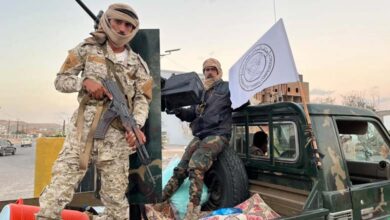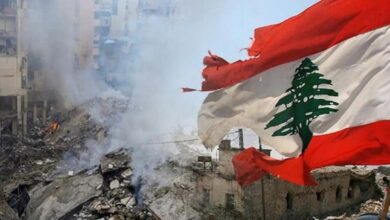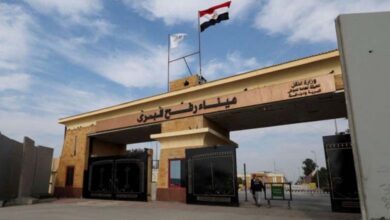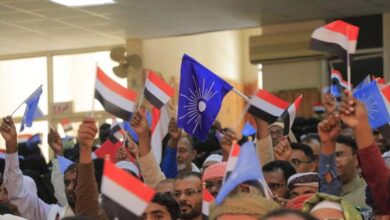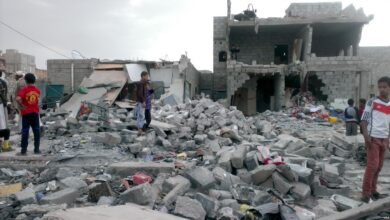Displaced in a cemetery: Gaza’s living seek refuge among the dead
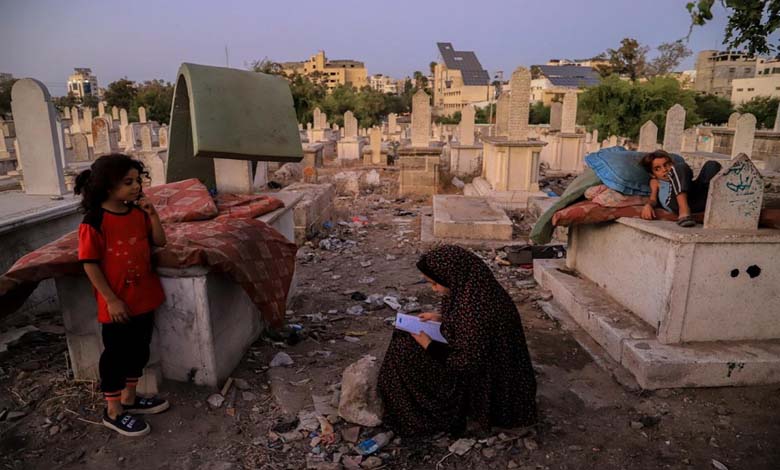
In Gaza, war has shattered even the thin line between life and death. Survivors, forced into displacement, now turn to cemeteries as waystations in their endless search for shelter.
In the southern city of Khan Younis, no one is surprised anymore to see children playing in the sand between graves, or a barefoot teenager hurrying with a bucket of water toward a tent pitched in the midst of this space where life and death have become indistinguishable.
These haunting images reflect the daily reality of Palestinian families who, unable to secure housing elsewhere, have resorted to setting up tents in cemeteries.
-
Day of Triple Recognition: Palestine Born from Gaza’s Suffering
-
Gaza Burns While New York Talks: Can Diplomacy Put Out the Fire?
Between desert and graves
“We settled here because we had no choice,” says Randa Mosleh, speaking from her tent as she shares tea with some of her eleven children. She explains that landlords demanded exorbitant sums. Renting a small 50-square-meter plot can cost up to 1,000 shekels ($300) per month — a price far beyond the means of most Gazans.
Driven from her home in Beit Hanoun in the north by intensified military strikes, she fled with her children to Khan Younis. “I walked to find a place where my children could live, where there were people. They told me I wouldn’t have to pay here, between the desert and the graves. So we put up a tent,” she recounts.
-
Behind Every Number, a Tragedy… 11 Displacements into the Unknown Amid Gaza’s Ruins
-
Hours before the bombing: a mission to rescue 2,000 years of memory in Gaza
As the Israeli army steps up its operations in Gaza City, tens of thousands continue to flee southward into an area already overwhelmed. Israel has announced that 700,000 Palestinians have moved south, while the UN Office for the Coordination of Humanitarian Affairs confirmed that 388,400 people have been displaced since mid-August, most of them from Gaza City.
The soaring demand for transport and shelter has driven prices sky-high. According to UN data, families may be charged over $3,000 for transport, a tent, and a small piece of land.
-
From Death to Death: Stories of Escape from the Hell of Gaza
-
Conflicting reports on an Israeli ground incursion in Gaza as nearly half the city’s residents flee
A fragile survival
Many cannot afford these costs and are forced to walk long distances, pitching tents wherever space allows, often in dire conditions. “There is no water here… my children walk nearly four kilometers to fetch some,” Mosleh explains.
“We are in the desert, where there are snakes and scorpions,” she adds, noting that the proximity of the graves deepens the anguish of displaced families.
Um Mohammed Abu Shahla, displaced from Beit Lahia, echoes this despair: “We could not find anywhere but the cemeteries. Everywhere we went was overcrowded.
We live among the dead, and the living have become like the dead. Even the children no longer care.”


